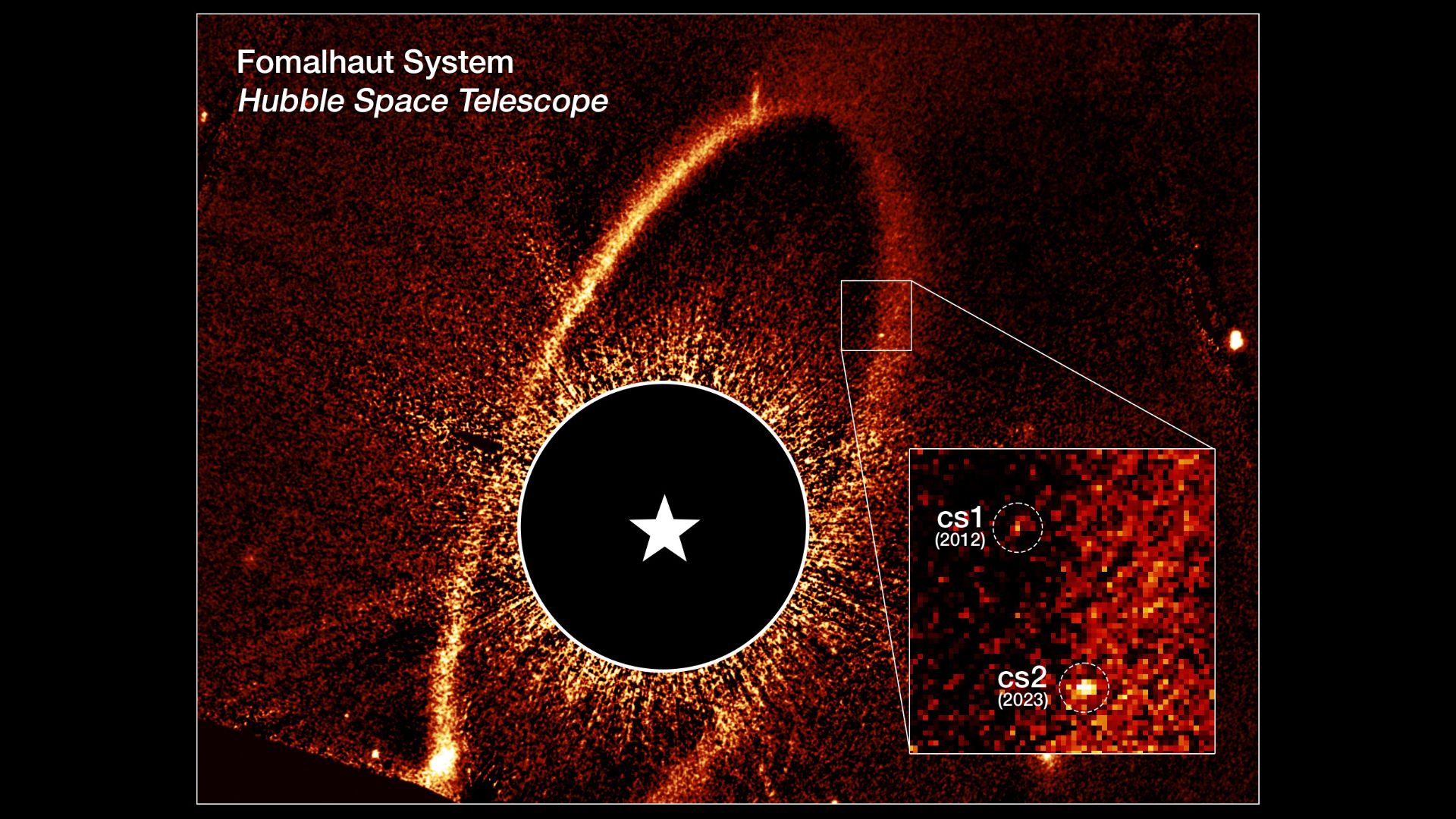Giant blob of solar plasma could 'graze' Earth this weekend, NOAA says
If the solar storm hits Earth, it could drive the aurora much further south than usual.

A weak solar storm could brush past Earth on Saturday (May 7), potentially leading to minor radio blackouts, the National Oceanic and Atmospheric Administration (NOAA) reported in a new space weather forecast.
Continuing a months-long spate of heightened activity, the sun is currently crackling with powerful solar flares, which are often accompanied by giant explosions of plasma known as coronal mass ejections (CMEs). When CMEs pass over Earth, they can temporarily compress our planet's magnetic shield, resulting in geomagnetic storms that can knock out power grids, muddle radio waves and damage satellites in their path.
The vast majority of geomagnetic storms are mild, according to NOAA. But the largest CMEs can trigger much more devastating storms — such as the infamous 1859 Carrington Event, which induced such strong electrical currents that telegraph equipment burst into flame, according to NASA. Some scientists have warned that another solar storm of that magnitude could plunge Earth into an "internet apocalypse," knocking nations offline for weeks or months, Live Science previously reported.
There is a small chance that a small CME could "graze Earth's magnetosphere" on Saturday, NOAA said in their latest report, resulting in a G1-class geomagnetic storm — the weakest class of storm on NOAA's five-level scale. When a G1 storm hits, weak power grid fluctuations can occur, and the aurora — a phenomenon caused by charged particles in solar wind colliding with molecules in Earth's atmosphere — can be seen at lower latitudes than usual. CMEs typically take 15 to 18 hours to reach Earth after they leave the sun.
The sun has been belching out CMEs at a faster-than-usual rate for several months now — including a gigantic "cannibal CME" (two CMEs that combined into one) that smashed into Earth in late March. This sort of solar activity is typical as the sun approaches a period called solar maximum — the point of greatest activity in the sun's 11-year cycle. NOAA predicts the next solar maximum will occur sometime between November 2024 and March 2026, with lots of solar weather heading our way in the meantime.
Originally published on Live Science.
Get the world’s most fascinating discoveries delivered straight to your inbox.

Brandon is the space / physics editor at Live Science. With more than 20 years of editorial experience, his writing has appeared in The Washington Post, Reader's Digest, CBS.com, the Richard Dawkins Foundation website and other outlets. He holds a bachelor's degree in creative writing from the University of Arizona, with minors in journalism and media arts. His interests include black holes, asteroids and comets, and the search for extraterrestrial life.


